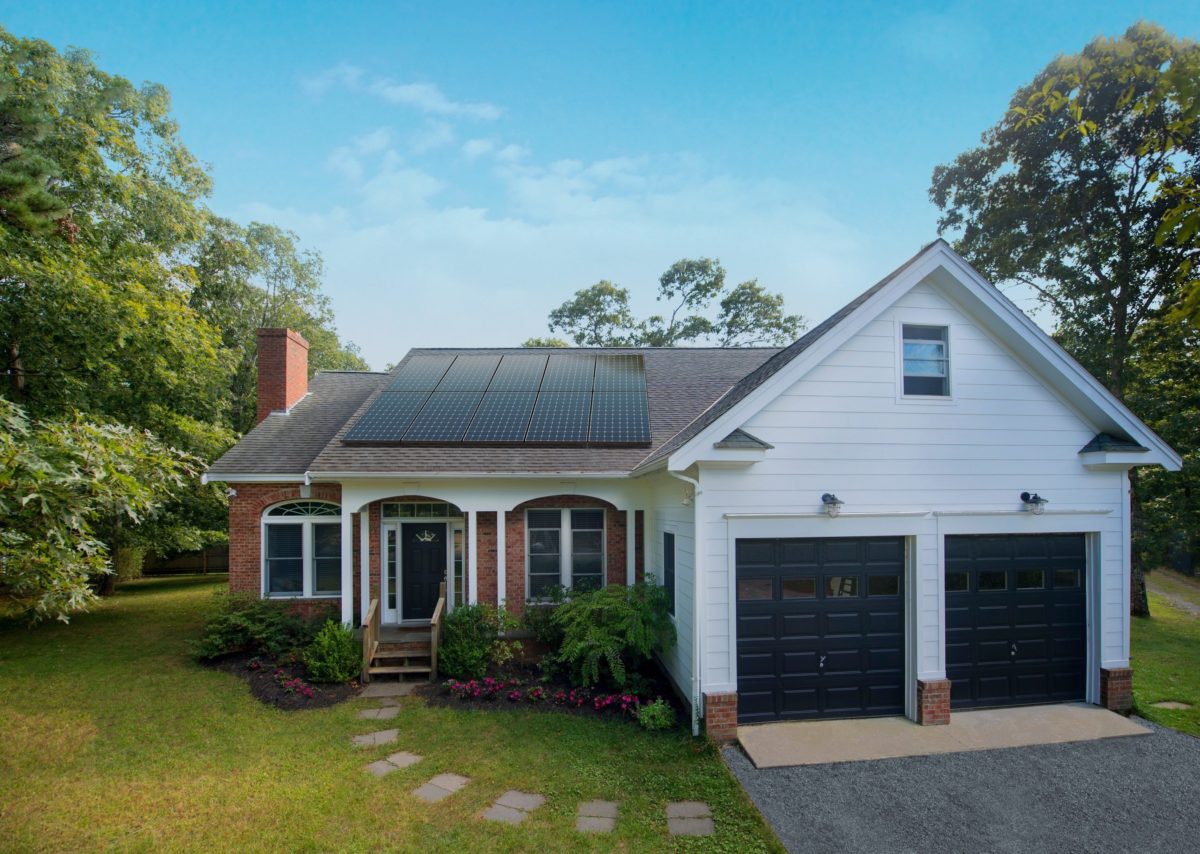SunPower will sell nearly 11 MW of capacity to the New England grid in 2023-2024 by aggregating the capacity of nearly 1,400 household solar installations into a virtual power plant.
SunPower made the commitment in the New England grid’s annual capacity auction, which is intended to secure the capacity needed to meet peak power demands. SunPower will sell capacity at a price of about $2 per kW-month, which translates to about $260,000 for the year, or about $190 per installation. The capacity auction secured a total of 34 GW of capacity obligations across New England.
SunPower’s capacity commitment follows that of Sunrun, which last year successfully bid to provide 20 MW of capacity to the New England grid for 2022-2023, using solar-plus-storage installations.
“We look forward to exploring future virtual power plant opportunities with our complete Equinox home solar-plus-storage system,” said SunPower CEO Tom Werner in a press statement. The statement implied that SunPower will meet its 11 MW of obligated capacity with solar-plus-storage. SunPower works with its dealer network to sell and install home solar solutions.
Partnering with SunPower in its capacity bid was CPower Energy Management, a demand-side energy management company.
“To unlock the value” of distributed energy resources such as solar and storage, “we have to allow DERs to provide grid services,” said GridLab Executive Director Ric O’Connell, at a conference of the Interstate Renewable Energy Council last week. Those grid services start with capacity, he added.
This content is protected by copyright and may not be reused. If you want to cooperate with us and would like to reuse some of our content, please contact: editors@pv-magazine.com.








This is under the heading of , if the electric utilities will not do (it), install distributed energy storage along the grid the residential sector will. If the residential sector up sizes their arrays and battery storage units, they will become more self generating and more self consuming of their own energy. When the smart ESS allows things like arbitrage and smart power production when solar PV generation is high, saving this power till later on and only allowing the utility to get a measured amount of electricity from the residential system during the day. Then the utility becomes less important or useful in one’s daily energy needs. Does the homeowner or business owner who adopts this technology become “off grid”? NO, you don’t have to, but you do need to be able to ride through power outage incidences that may last for days and have a system that can (isolate) house circuits to keep critical circuits active on solar PV and battery power alone.